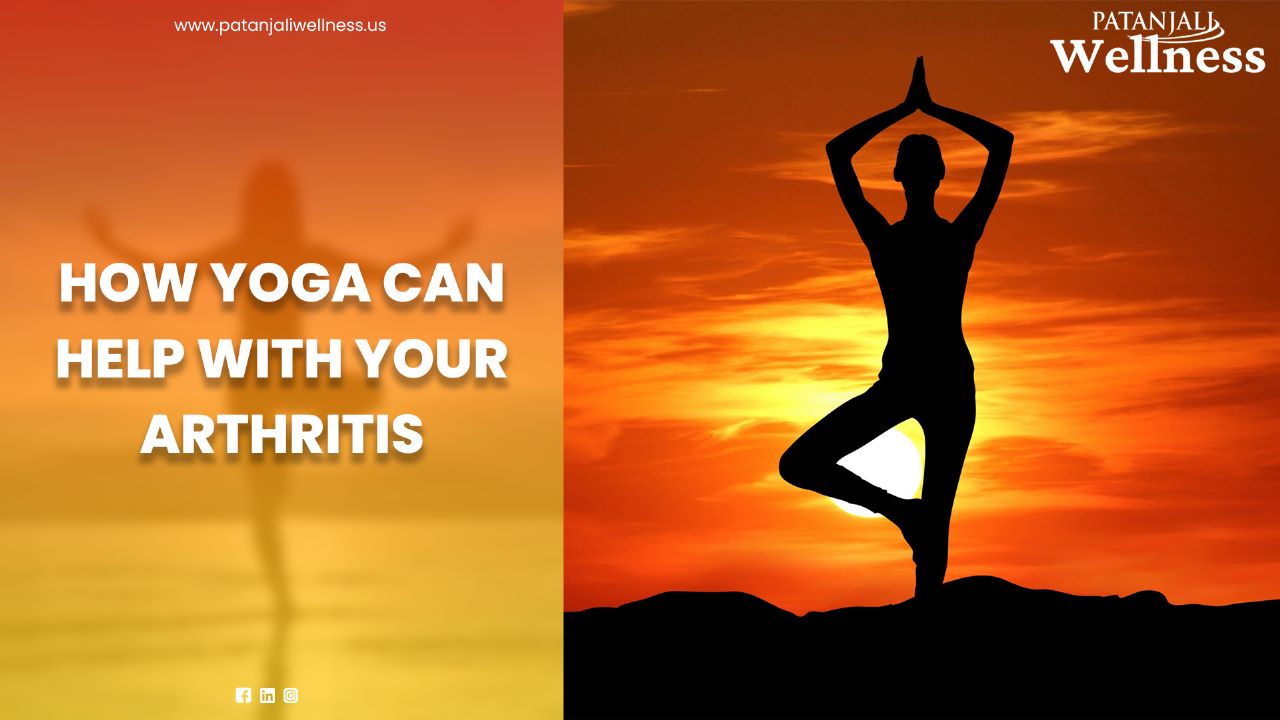Arthritis should not be considered a single disease but is an umbrella term consisting of more than 100 medical conditions that affect the joints of our body. Arthritis can range from mild to severe and may affect people in various age groups. People suffering from arthritis experience inflamed joints that cause them discomfort and pain.
Arthritis makes it difficult to move or stay active. It is most common in the following areas of the body:
- Feet
- Hands
- Hips
- Knees
- Lowe back
Risks for arthritis
 Some factors may cause you to develop arthritis. These are:
Some factors may cause you to develop arthritis. These are:
- Age: The risk of arthritis increases with the age. However, in recent times the problem has also raised in the younger population and even in children.
- Lifestyle: People with certain lifestyles are also prone to this problem. For example, smoking or a lack of regular exercise often increases the risk of arthritis.
- Sex: Most arthritis types are more common in women.
- Weight: Obesity is one of the main reasons for arthritis, as extra strain on your joints will worsen the problem of arthritis.
Scientific studies of Yoga have been done on arthritis patients.
Studies show promising results with improvement in joint health for people practicing Yoga. Some medical communities in Western countries have concern that Yoga may not suit people with vulnerable joints. But studies have provided critical evidence, establishing that people with both rheumatoid arthritis and osteoarthritis, and practicing Yoga, experienced positive effects. More importantly, almost all benefits observed in patients after they completed an 8-week program were still evident even after 9 months with better walking speed and physical functions.
Yoga is a meaningful and comfortable alternative to traditional forms of exercise and offers a bouquet of benefits. Apart from playing an important role in reducing the stress that often results from pain and disability, Yoga improves positive feelings and well-being. Evidence suggests that Yoga when combined with good medical care, can provide additional physical and psychological health benefits for arthritis patients. However, it is critical to note that to avoid any serious injuries that may happen, Yoga must be practiced under the guidance of certified instructors only.
How Yoga will help arthritis?
There are many benefits of practicing yoga, including improvements in strength, flexibility, stress management, and emotional balance. In addition, you will also achieve a better sense of your body and improve your general well-being.
Researches and some discreet evidence show that people with osteoarthritis and practicing yoga in routine, tend to feel better after some time.
Yoga can help with arthritis as it focuses on three critical areas for our well-being:
- Provides us with breath awareness and breathing techniques: If we understand our breathing pattern and learn to control, it can majorly influence the way we feel. Yoga instructors will help you learn ‘yogic relaxation breaths’ that can help with arthritis, especially when movements are difficult. Moreover, breathing practices of Yoga can also calm the stress response caused due to arthritis.
- Yoga movements help improve strength and offer more flexibility: There are certain movements or postures in Yoga that help keep the muscles around the joints more strong and flexible. Yoga will also teach you to keep proper alignment of the skeleton, which is of great use to alleviate joint pain caused by misalignment. You should keep in mind that any of your body movements can be modified that helps minimize pressure or pain to the areas of the body causing pain.
- Yoga means relaxed body and mind: Yoga disciplines comprise various relaxation techniques. Meditation with Yoga on regular basis helps reduce stress. Yoga also creates awareness in our body and counterattacks the natural tendency to tighten muscles and become rigid when we are under stress, or feeling pain.
How to start doing Yoga for arthritis?
Before starting Yoga for arthritis, you must:
- Consult your doctor first: Enquire with your doctor about any poses or movements that you should take care of. If you have never undergone Yoga practices, you must find an instructor who has experience working with arthritis, to help you guide for Yoga postures.
- Look for an instructor familiar with arthritis: A well-trained Yoga therapist is a specialized trainer and can develop individualized caring plans according to your body structure and needs. They can also give you special tips on adapting yoga practices for specific body parts, like arthritis pain in the hands or knees.
- Easy does it: Take it easy, and understand that Yoga won’t make your joints feel worse. Moreover, you have to take care of yourself, and even when an instructor suggests, listen to your body and adjust the Yoga levels accordingly. Remember that Yoga can be challenging for you in the beginning, but it is not harmful at all, probably when done under the right instructor.
Practice safe Yoga
Start by choosing a gentle type of Yoga, and avoid power Yoga in the beginning. You can take the help of Patanjali Yogpeeth wellness center, which can help you with Yoga activities to treat various mental and physical problems. The ultimate aim of this center is to keep our world free of diseases with the help of Yoga and Ayurveda.







